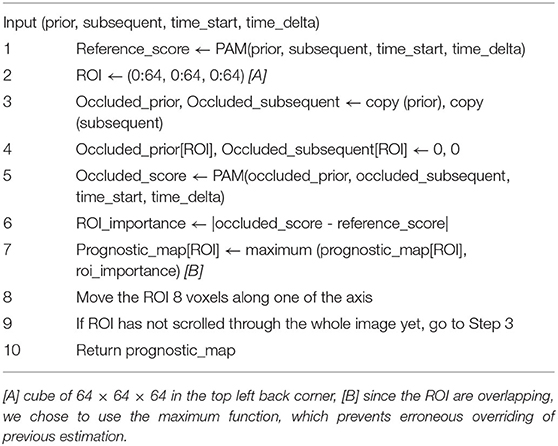
This helps to represent the complete behavior of the electronic assemblies and to understand the change in the behavior of the strain components till failure. Statistical techniques such as PCA and ICA were primarily used to reduce the dimensions of the larger data sets and provide a pattern without losing the different characteristics of the strain signals during the course of vibration of electronic assemblies till failure. It is seen that as the vibration time increases the occurrence of new high-frequency components increases and further the amplitude of the high-frequency components also has increased compared to the before failure condition. Different filtering algorithms and frequency quantization techniques gave insight about the change in the frequency components with the time of vibration and the energy content of the strain signals was also studied using the joint time-frequency analysis. Frequency analysis techniques were used to get a detailed understanding of the different frequency components before and after the failure of the electronic assemblies. Various analysis was conducted on the strain signals include Time-frequency analysis (TFA), Joint Time-Frequency analysis (JTFA) and Statistical techniques like Principal component analysis (PCA), Independent component analysis (ICA) to monitor the health of the packages during the experiment.

Strain measurements of the electronic assemblies were measured using the voltage outputs from the strain gauges which are fixed at different locations on the Printed Circuit Board (PCB). This paper focusses on health monitoring of electronic assemblies under vibration load of 14 G until failure at an ambient temperature of 55 degree Celsius.

Journal of Electrochemical Energy Conversion and Storage.Journal of Dynamic Systems, Measurement, and Control.Journal of Computing and Information Science in Engineering.Journal of Computational and Nonlinear Dynamics.Journal of Autonomous Vehicles and Systems.ASME Letters in Dynamic Systems and Control.ASCE-ASME Journal of Risk and Uncertainty in Engineering Systems, Part B: Mechanical Engineering.Mechanical Engineering Magazine Select Articles.


 0 kommentar(er)
0 kommentar(er)
